Home-related deductions are some of the most common savings on taxes each year. If you own a home, you are eligible for several tax breaks when you file your 2017 return. Here’s how you should be taking advantage of these savings for the 2017 tax year.
Home-related tax breaks for 2017 vs. 2018:
Property tax deduction. For 2017, property tax is generally fully deductible. Unless you’re subject to the alternative minimum tax (AMT). For 2018, your total deduction for all state and local taxes, including both property taxes and either income taxes or sales taxes, is capped at $10,000.
Mortgage interest deduction. For 2017, you generally can deduct interest on up to a combined total of $1 million of mortgage debt incurred to purchase, build or improve your principal residence and a second residence. However, for 2018, if the mortgage debt was incurred on or after December 15, 2017, the debt limit generally is $750,000.
Home equity debt interest deduction. For 2017, interest on home equity debt used for any purpose (debt limit of $100,000) may be deductible. (If home equity debt isn’t used for home improvements, the interest isn’t deductible for AMT purposes). For 2018, the TCJA suspends the home equity interest deduction. But the IRS has clarified that such interest generally still will be deductible if used for home improvements.
Mortgage insurance premium deduction. This deduction expired on December 31, 2017, but Congress may decide to extend it.
Home office deduction. For 2017, if your home office use meets certain tests. You may be able to deduct associated expenses or use a simplified method for claiming the deduction. If you are an employee, you can claim this as a miscellaneous itemized deduction. Which means there will be tax savings only to the extent that the home office deduction. Plus other miscellaneous itemized deductions exceeds 2% of adjusted gross income. However, if you are self-employed, you can deduct home office expenses directly from your self-employment income. For 2018, miscellaneous itemized deductions subject to the 2% floor are suspended, so only the self-employed can deduct home office expenses.
Home sale gain exclusion. When you sell your principal residence, you can exclude up to $250,000 ($500,000 for married couples filing jointly) of gain if you meet certain assessments. Changes to this break had been proposed, but they weren’t included in the final TCJA that was signed into law.
Debt forgiveness exclusion. This break for homeowners who received debt forgiveness in a foreclosure, short sale or mortgage workout for a principal residence expired December 31, 2017, but Congress might extend it.
Additional rules and limits apply to these breaks. To learn more, please email: info@capata.com or call 949-364-0334. We will act as a guide to help you determine which home-related breaks you are eligible for, as well which you should claim on your 2017 return and how your 2018 tax situation may be affected by the TCJA.




